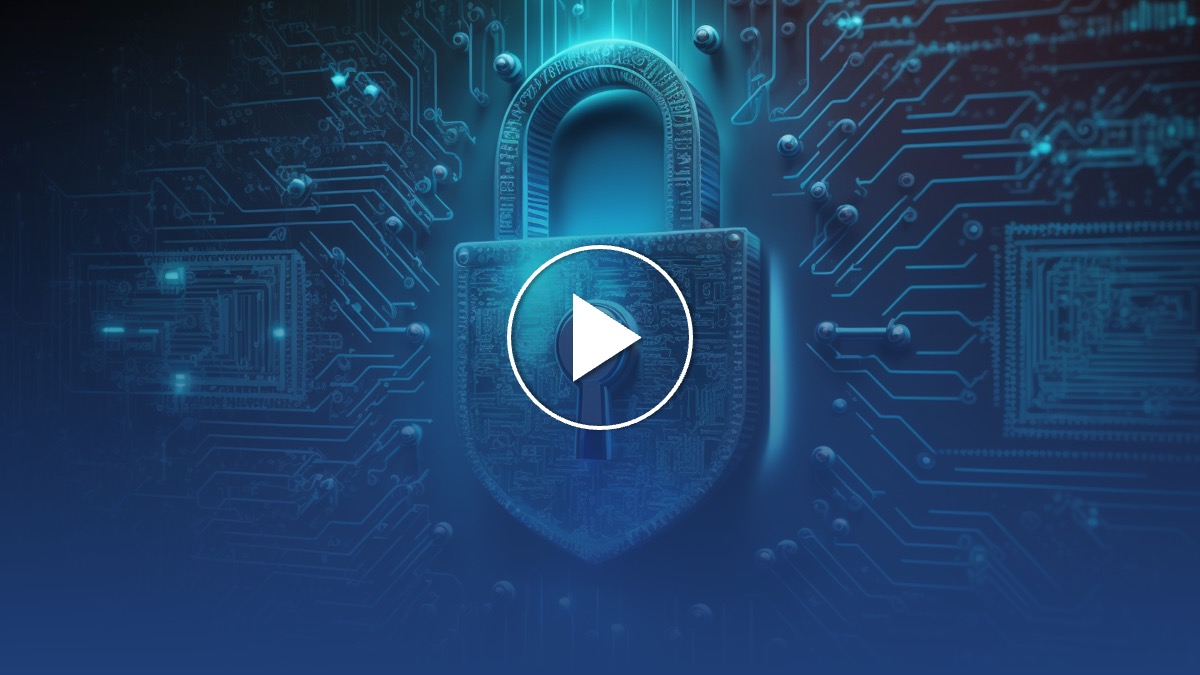S4x24 Insights: Securing Operational Technology in the Evolving Cybersecurity Landscape
In the rapidly evolving landscape of cybersecurity, distinguishing between securing Operational Technology (OT) and Information Technology (IT) systems has become increasingly crucial. Itay Glick, Vice President of Products at OPSWAT, underscore in this interview during S4x24 the unique challenges and innovative solutions required for protecting OT environments.
Operational Technology, the infrastructure backbone across various sectors, faces security challenges distinctly different from those in the IT domain. In OT environments, where systems often consist of critical or legacy infrastructure, security measures cannot directly interact with devices to mitigate threats as they might in IT systems. The potential for a single incident to cause widespread damage necessitates a security approach that secures these systems preemptively without direct device interference.
The task of securing OT environments is further complicated by the variety of data sources that need vigilant monitoring. Everything from software updates to sensor data represents a potential vulnerability entry point. The key to addressing this lies in ensuring that every piece of information entering the OT network is meticulously scanned, validated, and confirmed safe.
By deploying solutions like the MetaDefender Kiosk for USB scanning, OPSWAT exemplifies the ability to detect and neutralize threats before they have a chance to infiltrate the network further. This preemptive defense is essential, as evidenced by OPSWAT’s success in identifying malicious artifacts on USB devices in organizations that previously believed such threats were not a concern within their operations.
Effective security in OT also depends on safeguarding the most critical levels of the system without disrupting operational efficiency. Key strategies include monitoring network traffic between different levels and using behavioral learning technologies to spot anomalies, ensuring security measures are robust enough to prevent unauthorized communications while maintaining necessary operational data flow.
A compelling example of the importance of advanced OT security measures comes from one of OPSWAT’s success stories. A company discovered malicious artifacts on USB devices through OPSWAT’s scanning solutions, highlighting overlooked risk pathways.
Best Practices for Seamless IT-OT Integration:
- Prioritize usability: Security measures should not hinder the essential functionality of OT systems.
- Monitor network traffic: Detect and prevent unauthorized communication between IT and OT systems.
- Use behavioral learning technologies: Identify anomalous behavior that could indicate a breach.
- Consider immediate blocking: Automatically block unknown or unwanted connections to enhance security.
Blending traditional cybersecurity protocols with innovative OT-specific solutions is essential for the future of infrastructure protection. As organizations work through the intricacies of IT and OT system integration, the focus should remain on developing security protocols that are both stringent and adaptable. The expertise shared by OPSWAT at the S4x24 conference emphasizes the critical balance between maintaining operational integrity and ensuring security within the OT landscape—a balance that is vital for the continued safeguarding and resilience of critical infrastructure globally.
Watch the video interview below to find out the answers to these questions:
- How does securing data flowing in and out of an Operational Technology (OT) environment differ from securing data in traditional IT environments, and what are the unique challenges it presents in safeguarding against cyber threats?
- What are the key data sources and destinations that organizations need to monitor and protect within their OT environments, and how what concerns are there in protecting against IIoT threats?
- Considering the interconnectedness of IT and OT systems, what strategies or best practices should organizations adopt to ensure seamless integration while maintaining effective security measures to protect against potential cyber threats?
- A case study where a successful security implementation was achieved in an OT environment, highlighting the specific challenges faced and the strategies employed to mitigate cyber threats.
The interview was recorded by Lucian Fogoros, Co-founder, IIoT World, during the S4x24.



